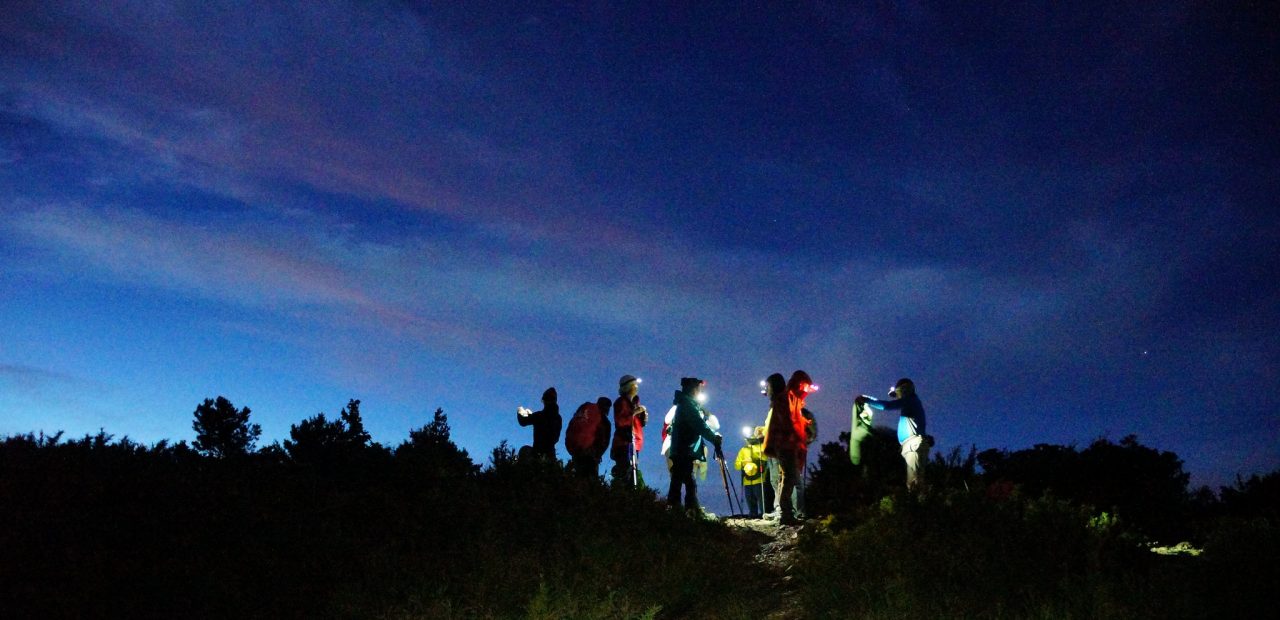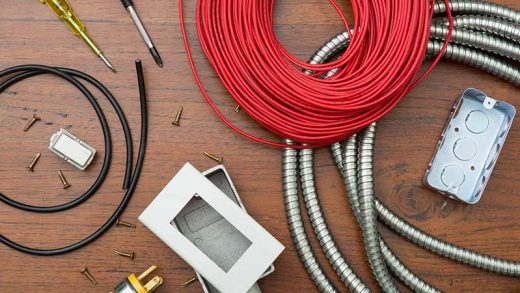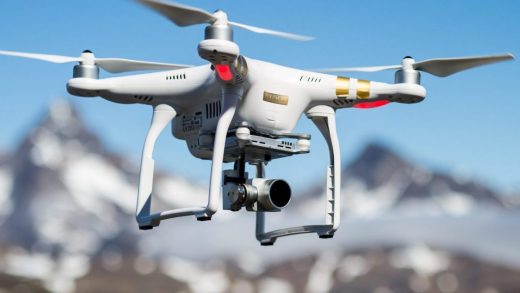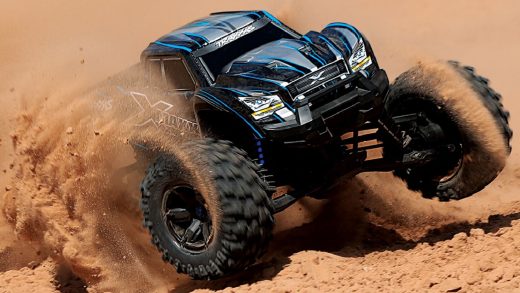Hiking: In What Way Do Headlights Have the Upper Hand over Flashlights
Slowly but surely, hand-held flashlights are getting replaced with headlights. The main reason for that is the convenience and comfort it offers, so regardless how quality your hand-held flashlight is, being able to use both your hands in any after-dark task is a big plus. This is especially true for campers and hikers who love to venture off the beaten trail after dark. Simply put, there isn’t a task where a flashlight can outperform a headlamp in terms of convenience.
So how do you pick the ideal camping and hiking headlight for you? Well, it’s a pretty straightforward process – you just have to consider a few key factors and look up a camping and hiking headlight store online. Things such as beam type, bulb type, light output, beam distance, weight, run time and modes can all make or break the ideal headlight for you, so it’s best you do your homework before buying, in order to make the right purchase.
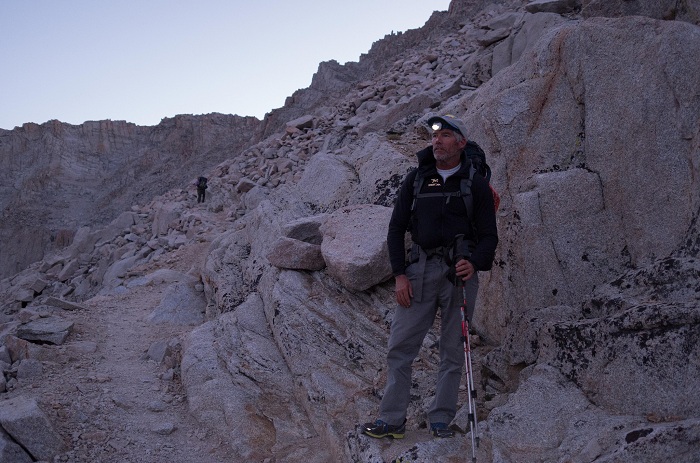
Beam Type
You can pick between three beam types – flood (wide), spot (focused) and adjustable headlamps. The flood beam type is ideal for general tasks, up-close reading and working, but they fall behind the focused beam types when it comes to long-range illumination. That being said, spot beam headlamps are ideal for navigating through a trail. If you want to get the best of both worlds, you can buy a headlamp with adjustable beam types, but expect to pay more for it.
Bulb Type and Lighting Output
Even though there are several bulb types headlamps operate with, you shouldn’t be considering anything besides LED. LED bulbs are energy-efficient, can last for many years, and are rugged. Moreover, they don’t emit any heat, which is something you definitely want, given the fact that they’re on your head. The lighting output on LED bulbs is measured in lumens. Generally, a headlight with more lumens will drain the battery quicker, and more lumens doesn’t always equal more brightness. Manufacturers put a lot of focus on the direction and focus of the brightness instead of the overall brightness levels.
Weight and Run Time
Most headlights are lightweight, even after you factor in the batteries. You generally won’t notice much of a difference in size and weight until you try out some high-powered models. External battery packs and top straps can all add to the weight, but not by a significant margin. However, these models are mainly intended for more specific tasks and not routine activities. The run time is calculated by determining how much usable light the headlight can produce at 2 meters distance.

